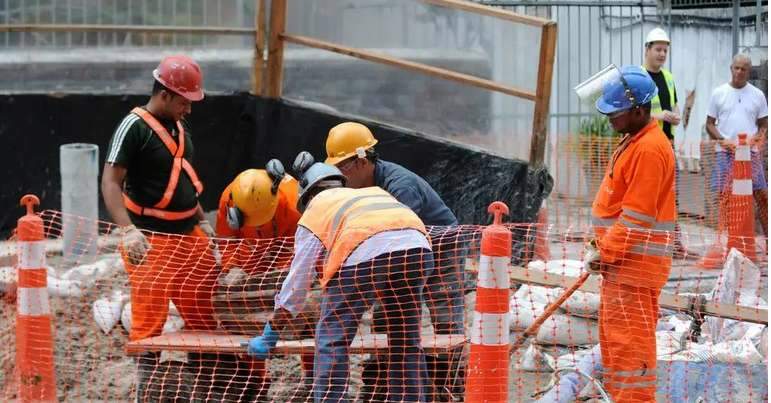Where and how many Brazilians with disabilities, according to IBGE | economy

Brazil has 7.3 % of the population suffering from a disability, with a total of 14.4 million people, according to the 1922 demographic census data, the Brazilian Institute of Geography and Statistics (IBGE), which was released on Friday 23.
It was already mentioned 2.4 million (1.2 % of the population) that they were diagnosed with autism spectrum disorder by a health specialist. This was the first time that the census has achieved information about autism.
The new stage of the census sample questionnaire focuses on social and demographic features (with age, gender, color, sweat and the region) and educational breakers for persons with disabilities and suffer from ASD.
The numbers reveal the high illiteracy rates, the low level of education between persons with disabilities, and inequality related to the difficulties of including the current school and access to them in the country (reading below).
Among the total persons with disabilities, most of them women – 8.3 million – and people over 50 years old. The difficulties of vision and mobility (walking or climbing steps) are the most prevalent.
The analysis revealed, according to age groups, that the occurrence of disabilities tends to increase with age. With the oldest aging in the country, part of the population who suffer from disability and demand for policies aimed at this part in the coming decades will increase.
Below see the distribution of residents of persons with disabilities between the Brazilian areas:
North: 1.2 million (7.1 % of the regional population) in the northeast of the country: 4.6 million (8.6 %) southeast: 5.6 million (6.8 %) South: 1.9 million (6.6 %) Middle West: 1 million (6.5 %)
PCD population fell?
A statistic of 2022 people with disabilities are those who cannot at all or have a difficult time:
See (difficult to see, even glasses or contact lenses);
Listen, (always hearing difficulty, even with hearing devices);
– Mobility with the lower extremities, (difficult to walk or climb steps, even using the artificial limbs, cane or auxiliary device);
– Methome motor coordination, (permanent difficulty to pick up small objects or open bottle openings and closing, even using help devices);
– Cognition and communication (some restrictions on mental functions or permanent difficulty in communication, or performing self -care, work or study).
These five areas follow the guidelines of the Washington Group for Statistics related to persons with disabilities (Washington Group on Disability Statistics, or WG, which was created within the United Nations.
According to IBGE, the current scan numbers cannot be compared to the 2010 census numbers, which indicated 45.6 million people with disabilities, which is equivalent to 23.9 % of the comments.
This is due to changes from one version to another, which was manufactured to integrate WG parameters, in the questionnaire and the age group – in 2010, the questionnaire was applied to all ages, while in 2022 to 2 years or more.
In addition, according to the technical observation launched by IBGE in 2018, the 2010 Statistics is people with disabilities of individuals who have responded to at least some difficulty in the lack of investigation.
That is, in addition to the classification as a disabled person who responded to “a lot of difficulty” or “not getting launch”, as well as those who said they “suffer from some difficulty”, which explains the largest number in the past edition.
Louise Alexander Suza Venta also highlights from the limits of winning the blog in AstaduThe continuous changes in statistics related to the population with disabilities in Brazil historically “generate doubts and affect public policies.”
The IBGE report attributes the amendments to “the need to follow the conceptual and methodological developments of the topic.”
Challenges in education
The illiteracy rate is four times higher among people with disabilities without disabilities. The country formed 2.9 million people suffering from a 15 -year -old disability or older who were illiterate in 2022, which corresponds to the illiteracy rate of 21.3 % (compared to 5.2 % among people who do not have disabilities), which IBG considers.
There are also differences in the level of education after the age of 25, which is an indicator that measures the national disparity in reaching education for persons with disabilities, where, at this age, it is expected that the school track is already completed in general.
The highest contradictions of lower levels of education groups were given: Most (63 %) of people with disabilities over this age group have no instructions or have an incomplete primary school, compared to 32.3 % among people who have no disabilities.
Regarding higher education, only 7.4 % of people with disabilities have concluded, while the percentage of people who have no 19.5 % disabilities.




